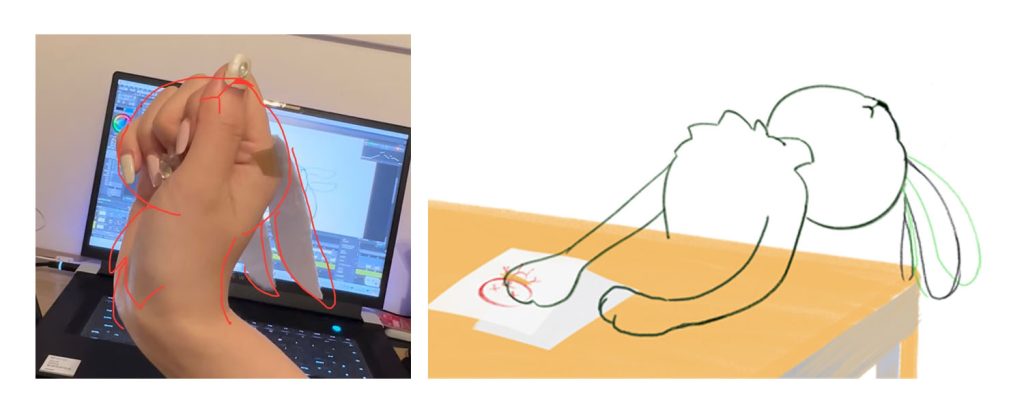Animation history and theory
Based on factors such as Soviet ideology, geographical location and culture, a unique artistic and aesthetic style was born. Soviet animation is the result of the fusion of artistic innovation and ideology, which has a deep influence. This blog will explore the art style of Soviet animation in the golden age after the end of World War II, thinking about creativity and state ideology, and analyze its historical significance in combination with the social context.
In the early days of the “Golden Age”, animation works were greatly affected by society. During Stalin’s time in power, Soviet society had stricter ideological controls on culture and art. Therefore, Soviet animation mostly served children, and the creative model was relatively conservative between 1946 and 1952. In this case, animations that based on fairy tales and folklore became mainstream. Representative works such as “The Humpbacked Horse”(1947), “Snow Maiden”(1952), etc. Works with this type of theme usually introduce traditional craft elements such as wood carving, embroidery, and wooden toys into the film to enrich the animation, and have obvious national characteristics.


After Stalin’s death in 1953, Soviet animation ushered in changes. While creating animation works for children, artists began to create animation works for adults that discussed social issues. Representative works include “Man In The Frame” (1966) and “Paradise In Tent”(1966). In addition to story theme, animation at this stage has also developed from early realistic styles to abstract and diversified artistic styles. Artists use more geometric figures to interpret character composition, making it easier for the audience to feel the author’s views and emotions.


https://www.youtube.com/watch?v=V0keg6K84IU
At the same time, after 1947, the United States and the Soviet Union entered the Cold War stage. Due to the influence of the Cold War, the Soviet Union produced many animation works based on the international situation at this time. Due to the technological competition in aerospace, science fiction-themed works began to appear. The representative one is “Main Stellar”(1966), in which artists praise astronauts exploring the universe through animation works. During this golden period, artists absorbed ideas and cultures from other countries while creating works adapted to the current realities of Soviet society. Many excellent animations were produced during this period, which promoted the Soviet Union’s history, culture and social thought to a great extent, and gained a certain popularity in the international community.

https://www.youtube.com/watch?v=Q-4u4N17oVA
In terms of animation technology, most animation works during this period used “Rotoscoping” technology for creative support. In order to create high-quality animation, artists usually invite actors to perform the animation again and then draw the action frame by frame. The works created in this way usually have rich body movements and realistic expressions, making the overall work look very smooth and deeply loved by the audience.

I think this is an important reference in the animation process. I also record reference videos when drawing animations and draw based on the video movements.

Whether it’s technology or story theme, the Soviet Golden Age of animation brought us many exquisite and interesting animation works. Through these works, we can feel the unique historical culture and national style of the Soviet Union. Due to geographical location, “winter” themes are also very popular in the Soviet Union Animation. At the same time, we can also understand the profound impact of social background and historical background on animation and other artistic works. Soviet society during this period was a carrier of consciousness full of contradictions. It was precisely because of this phenomenon that these distinctive and profound animation works were born.
This was the golden age of Soviet animation and a very important part of the history of world animation. It has profound significance and important reference value.
Mingyu Deng
01/Mar/2024
